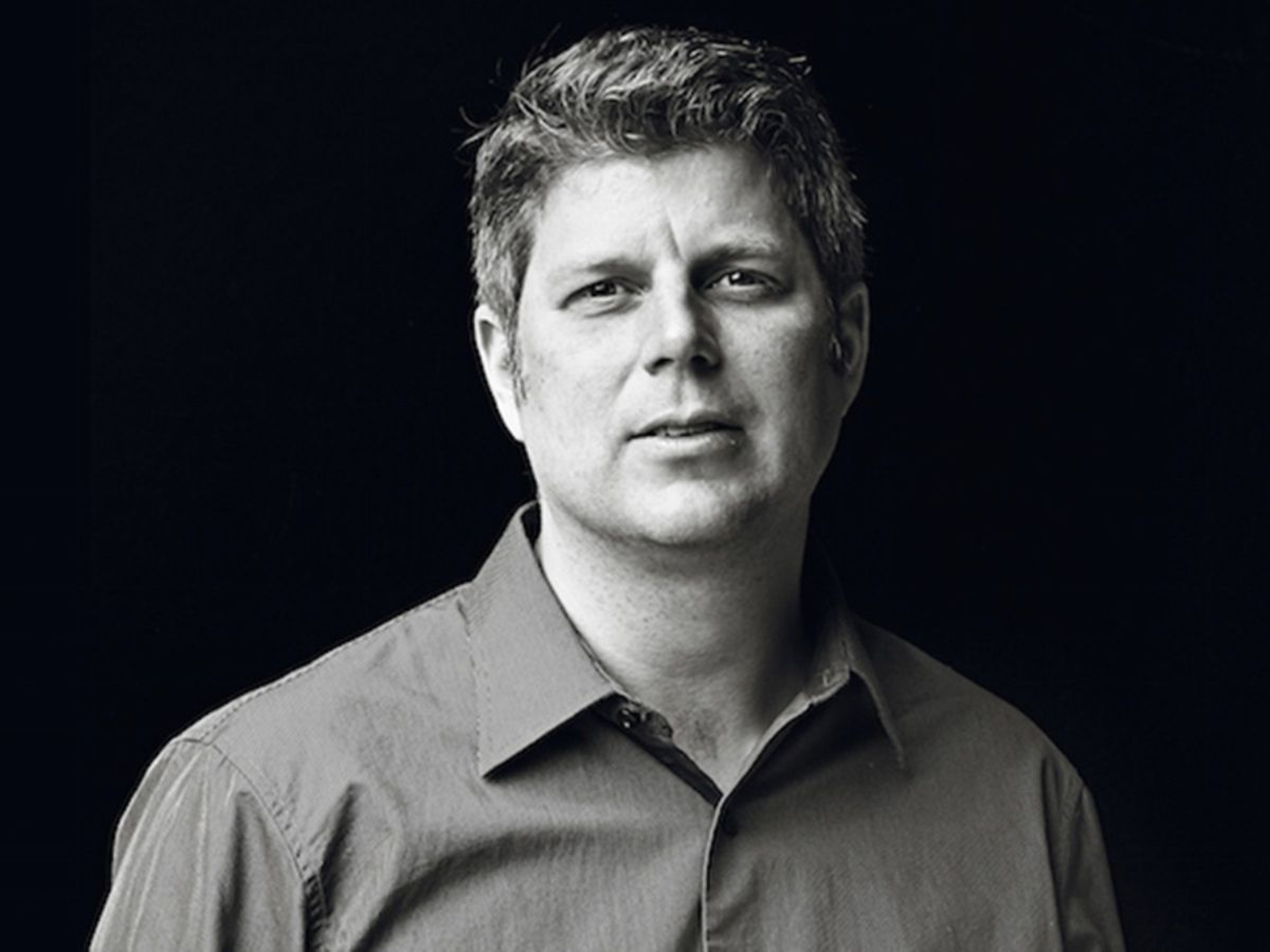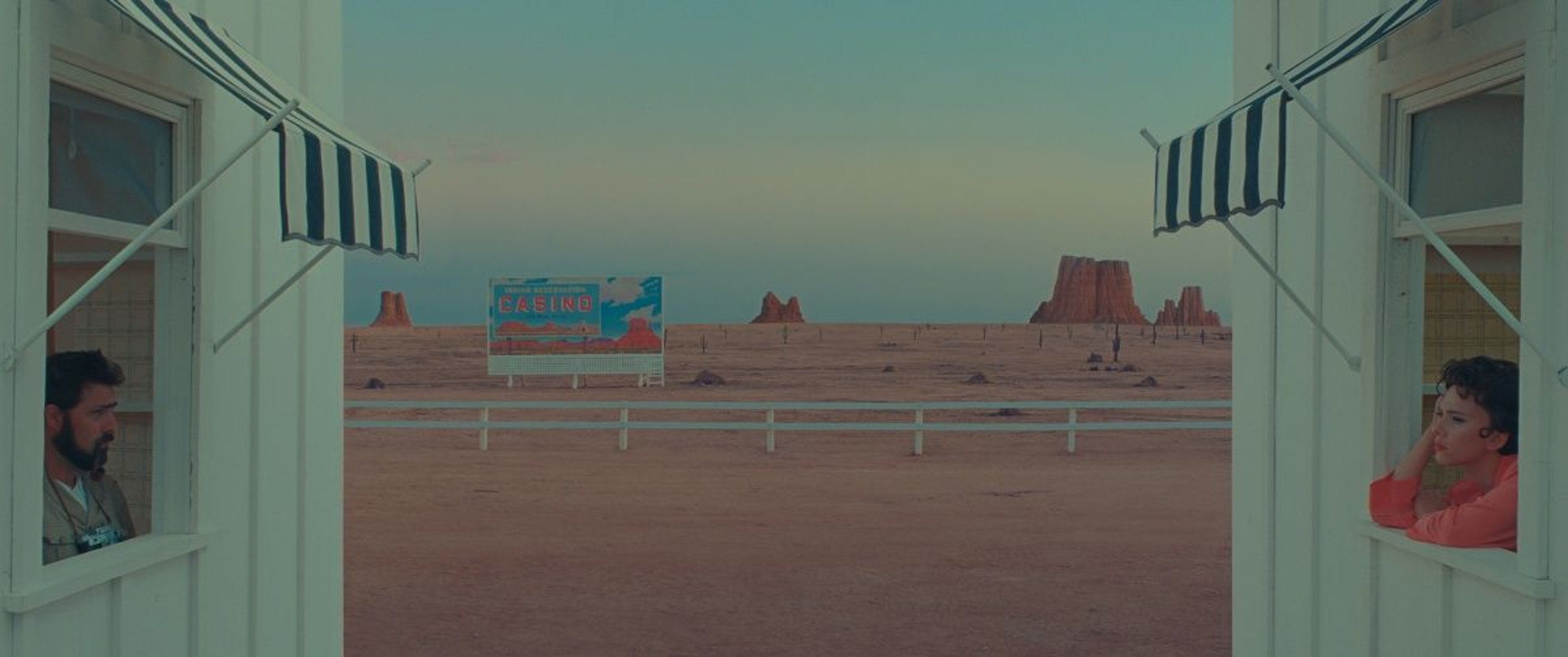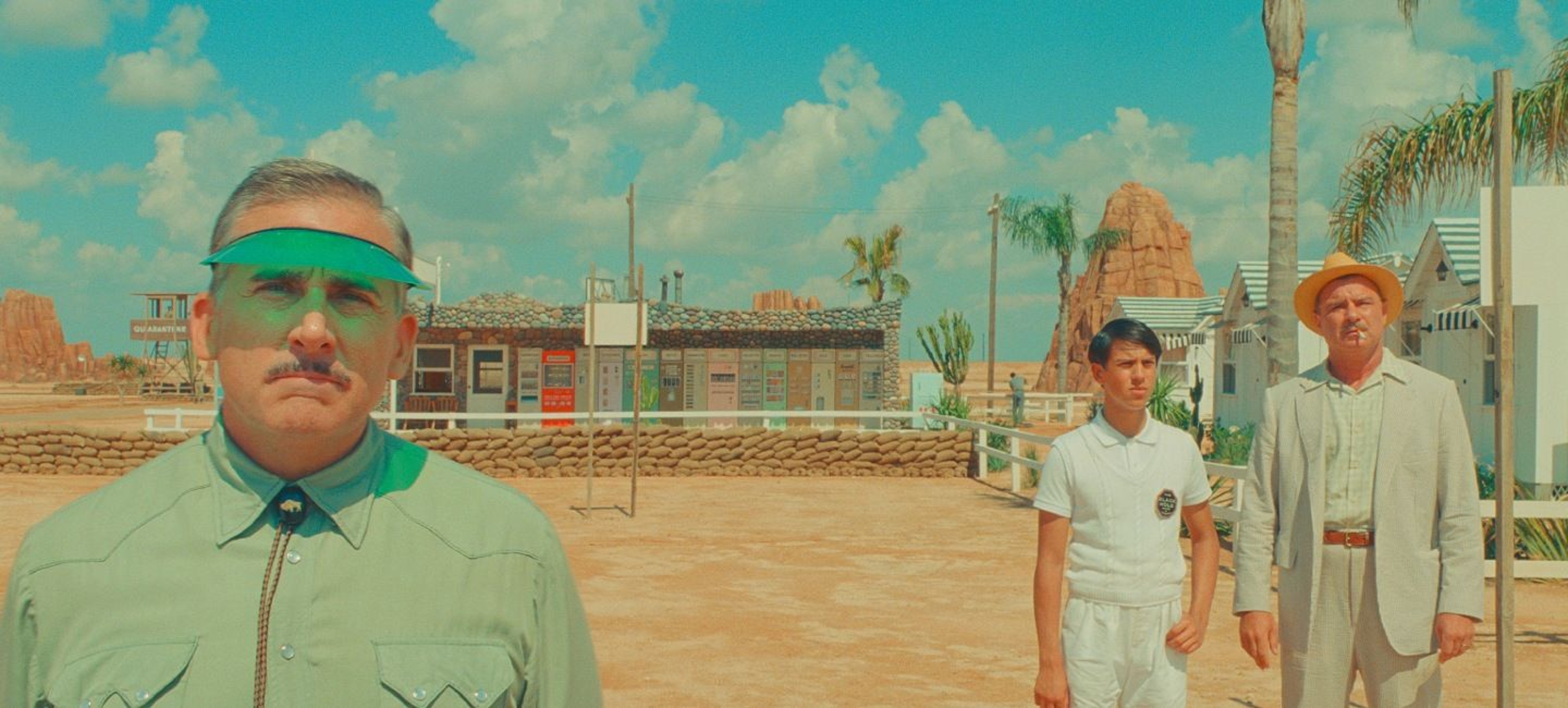Wes Anderson’s Asteroid City takes place in 1955 in a fictional desert town where an eclectic cast of characters—played by Scarlett Johansson, Tom Hanks, Jason Schwartzman, Bryan Cranston, Jeffrey Wright, Steve Carell, Hope Davis, and Maya Hawke, among others—show up for the annual Junior Stargazer/Space Cadet convention. The normally sleepy whistle-stop, comes alive with crisscrossing stories. To set the stage for this remarkable saga, Anderson worked with his longtime collaborator, production designer Adam Stockhausen.
Having worked with Anderson on five previous films, including Moonrise Kingdom, the Academy Award®-winning designer created all of Asteroid City, including its mountains, from scratch. The Film Stage writes, “Thanks to production designer Adam Stockhausen, Asteroid City itself…is a design marvel, variegated colors and flourishes as intricate as the eye can see.” Indeed, Film School Rejects suggests, the film deserves “a repeat viewing to be fully appreciated (particularly Stockhausen’s marvelous work, which is full of mischievous detail).”
We spoke with Stockhausen about his journey to find the right location to build Asteroid City, the design’s range of cinematic references, and the adventure of working with Anderson.
Asteroid City is back in select theaters for National Cinema Day. Get tickets now!
The official trailer for Asteroid City
You’ve collaborated on a number of projects with Wes Anderson. How do you start a new film?
When Wes is ready—sometimes it’s when the script is done and sometimes it's a little bit before—we start the conversation. That’s when we get into it about what it will look like.
How did you end up creating Asteroid City in Spain?
Asteroid City isn't really a place on the map, nor are we trying to present it as a place on the map. Originally, we looked into building our town in some place like Death Valley or Big Bend National Park. Then we considered what a European version of that would look like. We thought about going to one of those Spanish towns in which Spaghetti Westerns were shot, but none of them looked quite right. Then we considered the idea of building the whole town, not just the buildings, but the landscape as well. We were all prepared to build the town on the soundstages of Cinecittà outside of Rome. Then we started hitting stumbling blocks, the biggest being that the studio was in the flight path of an airport. Wes suggested the Spanish town of Chinchón, which was super close to Madrid. It was the perfect balance of a great hotel, proximity to a film crew, and this very flat, beautiful field to build the town on.

Asteroid City's production designer Adam Stockhausen
What sort of films did you reference in creating the town?
It's a whole combination of things. Some film references are very specific, such as how the windows in the diner in the film Niagara swing out rather than slide down. Some are more general. We looked at Billy Wilder’s Kiss Me, Stupid for the idea of creating this entirely fictional place. Wilder’s film was largely shot on a single stage set with a gas station in the center of the stage. When you get to the edge of the set, the town is carried on as a painting. Something about that was exciting in terms of the artificiality of the world of Asteroid City. We also looked at Wilder’s Ace in the Hole for when the carnival comes to town and It Happened One Night for the way it stages a motor court. Over time, we composed a glossary of all the different things we needed to create the town.
How did you use force perspective in including the landscape as part of the set?
We wanted to give it the sense of being in Utah or Arizona where the mountains appear to be hundreds of miles away and there is absolutely nothing between you and them except for a million cacti. We wanted that feeling, but we didn't want the scenery to be miles away and thousands of feet tall. The project became an unusual and super fun exercise in forced perspective. We created extremely large miniatures. For us, the experiment was trying to figure out that sweet spot where objects are far enough that our brains believe that they are truly huge, but not so far that we are just wasting money building bigger sets.

Jason Schwartzman and Scarlett Johansson in Asteroid City
How did you come up with the film’s unique color palette?
It was developed quite early in the sketches. Wes was drawn to the red earth and rocks you see in the photographs of the Southwest, such as the shots of Monument Valley taken at the magic hour. The light is very warm and the innate redness is magnified by the setting sun. From the start, Wes was very clear about the color of the ground and rocks. Then we start adding that color to the sketches and seeing how the white of the luncheonette and motel bounced off that.
How did you create the black-and-white world of the theater and television studio?
In production, we try to keep all the locations close to our base of operations, partially because of the way Wes works. We plan on paper first, then Wes and the Director of Photography Bob Yeoman go to the locations, first with iPhones, then viewfinders, then film cameras, to shoot tests.
What is special about working on a Wes Anderson movie?
First, it’s great to work with the same director over and over again. The relationship just gets deeper, and the shorthand gets better. With Wes in particular, it's an adventure in which the answers to the puzzle get more interesting. I would never have thought that we’d take over a watermelon field in rural Spain and turn it into Asteroid City.
What do you hope people take away from the film?
I can answer that by telling you what I take away from the film which is a really deep investment in these characters and how they explore the crucial questions of their lives.
This interview has been edited and condensed for clarity.
